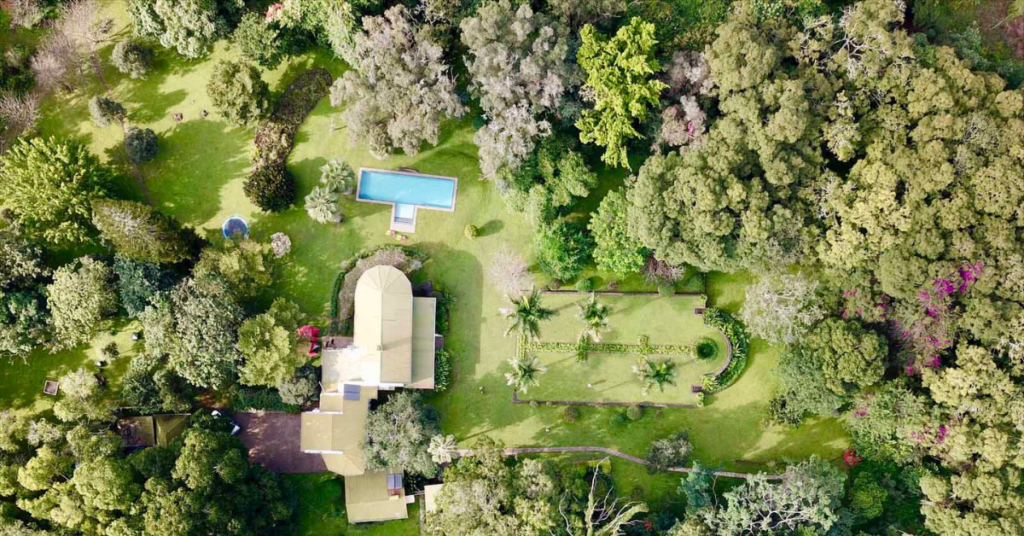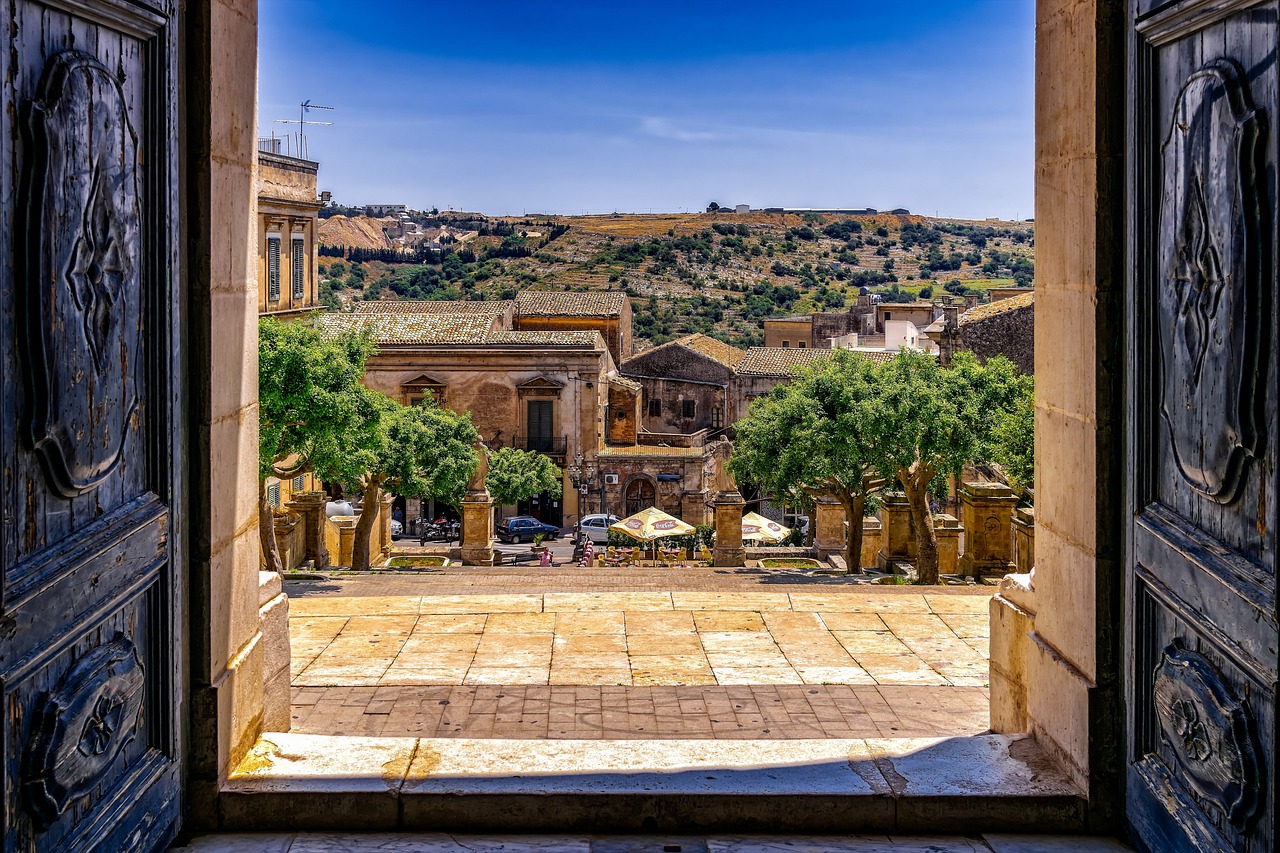Scientists dismiss popular theory about origin of Stonehenge’s Altar Stone
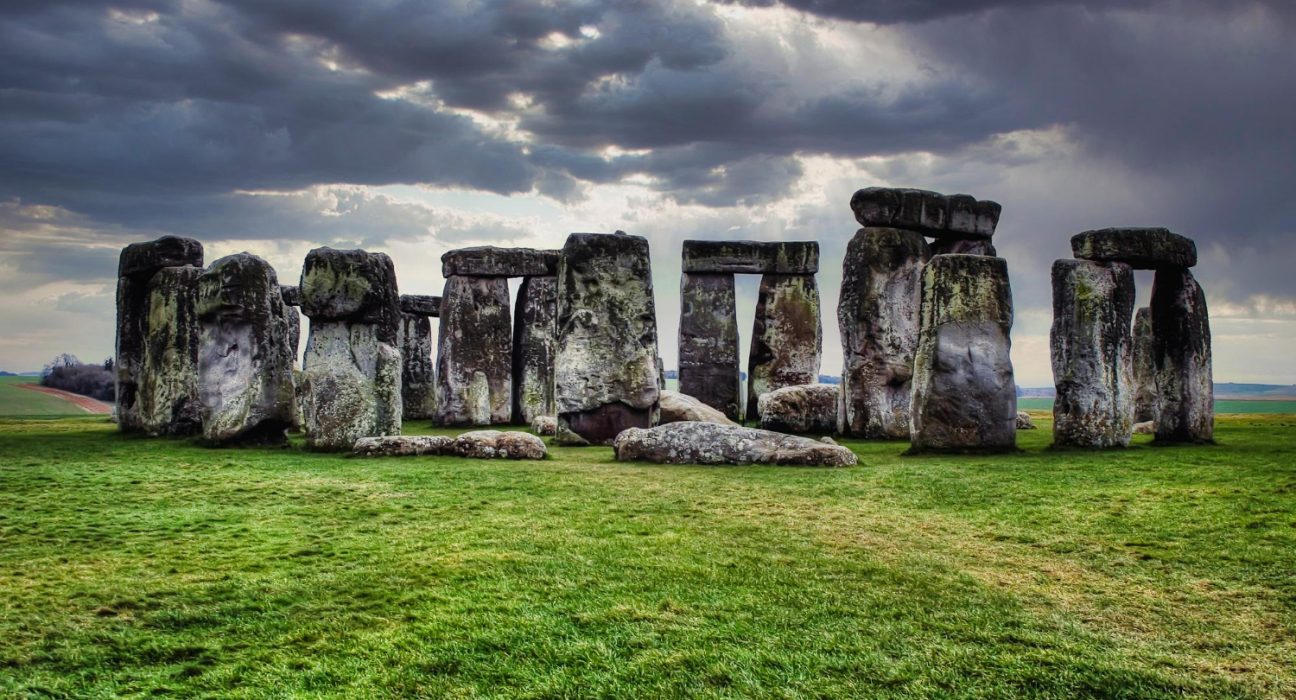
Stonehenge, constructed approximately 5,000 years ago, has remained a subject of intrigue and enigma for countless centuries. However, scientists have recently made significant progress in unraveling its mysteries by dispelling a long-standing myth regarding the origin of its Altar Stone from Wales. A recent study, spearheaded by Aberystwyth University, meticulously examined 58 rock samples sourced from various locations across the country in order to ascertain the probable provenance of this peculiar rock from the Bronze Age.
In spite of its placement at the Salisbury Plain in Wiltshire, scholars formerly held the belief that the Altar Rock had its origins in Mynydd Preseli in west Wales, owing to its remarkable and distinctive characteristics.
Nonetheless, researchers have presently shifted their focus towards the Midlands and conceivably even Scotland, positing the notion that this six-ton monolith might have been transported over vast distances spanning hundreds of miles.
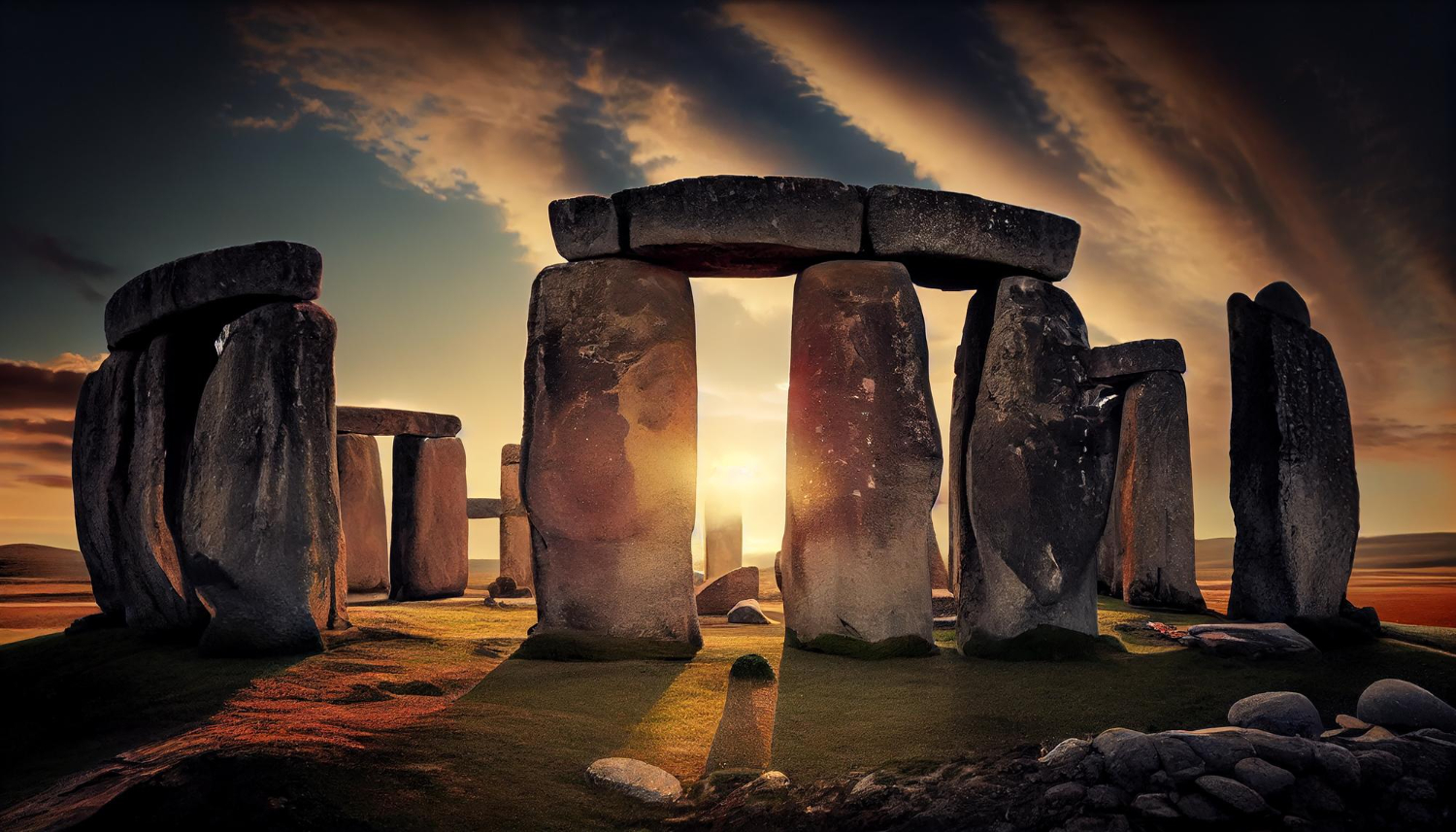 According to the scientists, it has been widely believed for the past century that the Stonehenge Altar Stone originated from the Old Red Sandstone (ORS) sequences found in south Wales, within the Anglo-Welsh Basin. However, no specific location has been identified as the source.
According to the scientists, it has been widely believed for the past century that the Stonehenge Altar Stone originated from the Old Red Sandstone (ORS) sequences found in south Wales, within the Anglo-Welsh Basin. However, no specific location has been identified as the source.
Our research has led us to the conclusion that the Altar Stone does not, in fact, come from the ORS of the Anglo-Welsh Basin. Furthermore, we suggest that the Altar Stone should no longer be categorized as a “bluestone” that is typically associated with rocks sourced from Mynydd Preseli.
Moving forward, our focus will shift towards investigating the ORS found in the Midland Valley and Orcadian Basins in Scotland, as well as the Permian-Triassic sandstones in northern England. We aim to determine whether any of these sandstones possess a mineralogy and geochemistry that align with that of the Stonehenge Altar Stone.
It is worth noting that the prominent slabs of sandstone at Stonehenge, known as sarsens, were obtained locally from Marlborough Downs, a mere 20 miles away from the monument’s location.
However, the provenance of the Altar Stone, which is partially concealed beneath two toppled columns, has long been a subject of intrigue spanning numerous centuries.
Preliminary inquiries indicate that its geological composition starkly differs from the rocks commonly found in Wiltshire, leading to the hypothesis that it may have been procured from a quarry situated 140 miles distant.
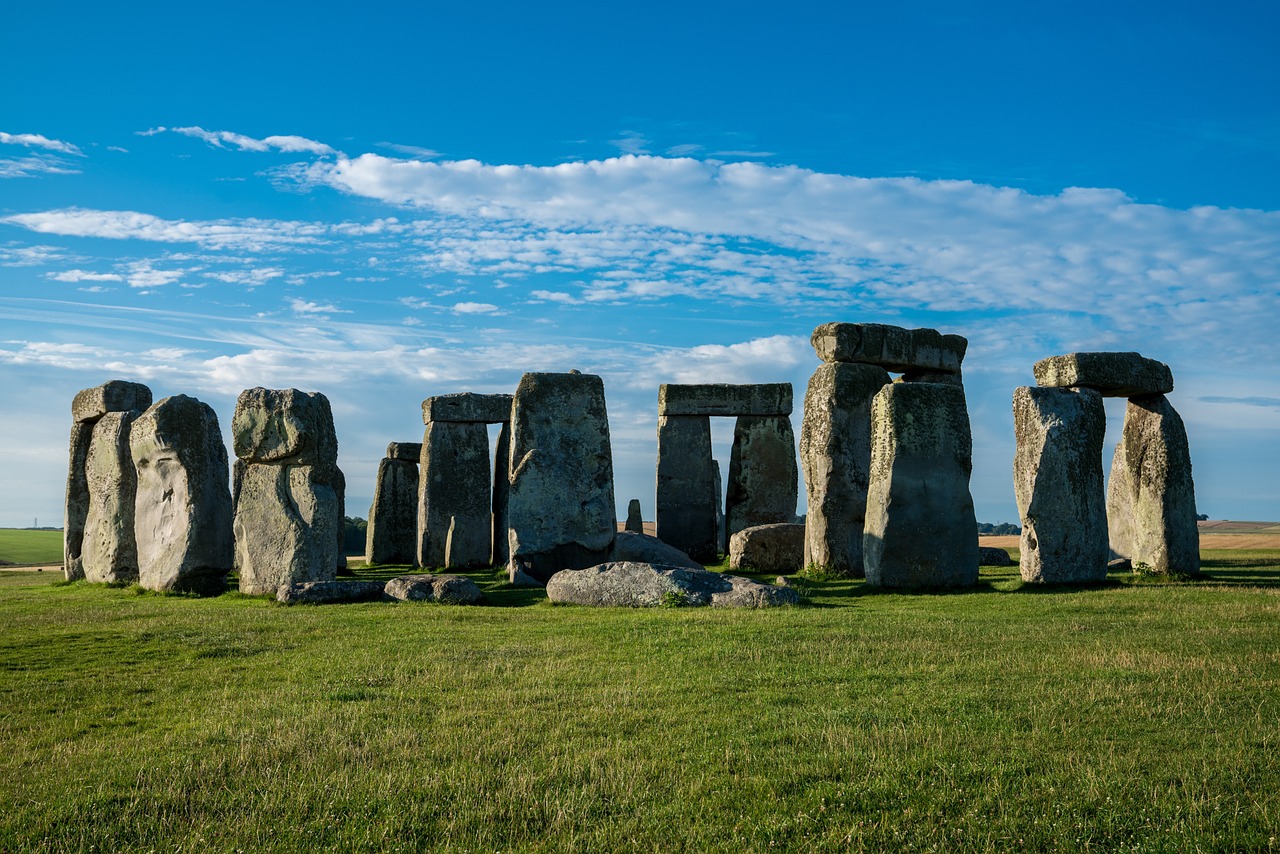 This Welsh location harbors a multitude of other ‘bluestones’ akin to the Altar Stone, which are formed through the process of lava cooling and subsequently crystallizing and solidifying.
This Welsh location harbors a multitude of other ‘bluestones’ akin to the Altar Stone, which are formed through the process of lava cooling and subsequently crystallizing and solidifying.
However, recent research indicates that the stone known as ‘Stone 80’ should be reclassified as a bluestone due to its distinct characteristics.
Following the analysis of 106 samples, experts have discovered that the Altar Stone possesses an unusually high concentration of Barium.
This composition is only found in one sample collected from various locations in south Wales, the Welsh Borders, the West Midlands, and Somerset.
As a result, the research team has expanded their investigation to northern Britain, specifically Caithness and even Orkney in Scotland, in the hopes of identifying similar geological features.
If the stone originated from Orkney, it would suggest that ancient builders transported the six-ton rock over a distance of approximately 682 miles, long before the invention of heavy-lifting machinery.
Scientists further note that monoliths used in the construction of stone circles are typically sourced locally, making the long-distance transportation of the bluestones a particularly intriguing aspect of Stonehenge.



